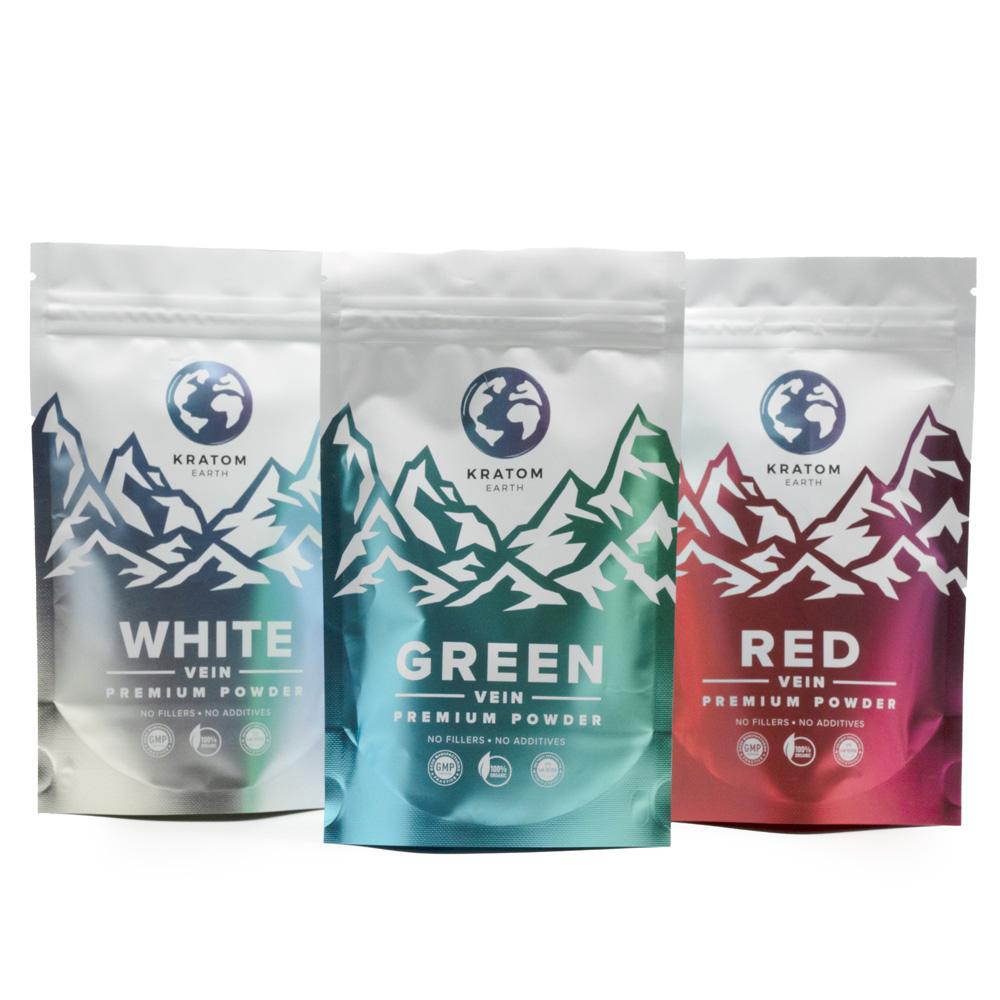Active Alkaloids In Kratom

What are the active alkaloids in kratom?
Southeast Asia is home to the plant kratom or Mitragyna Speciosa. It has grown in popularity recently as an alternative to helping relieve pain. Some people use it for its antidotal effects on anxiety, depression, and pain relief. The plant includes a number of active alkaloids, each of which can alter the body in a variety of ways. We will examine some of the main active ingredients in kratom.
What are the active chemicals in Kratom?
Mitragynine
Kratom’s main active alkaloid, mitragynine, accounts for around 60% of the plant’s total alkaloid content. Unlike opiates that bind to opiate receptors, it stimulates them rather than binding. This alkaloid is both stimulating and pain-killing.
7-hydroxymitragynine
7-hydroxymitragynine is another active alkaloid found in kratom, but it is present in much smaller quantities than mitragynine. It is an opioid receptor agonist, similar to mitragynine, and is regarded to be the main component of kratom’s painkilling properties. However, although 7-hydroxymitragynine is more effective than mitragynine for killing pain, it is also thought to be the cause of several of kratom’s undesirable side effects, including nausea and vertigo.
Mitraphylline
Mitraphylline, a non-opioid alkaloid present in kratom, has been investigated for its potential to reduce inflammation and strengthen the immune system. Additionally, it is thought to contain some mild stimulant effects that could aid in boosting focus and energy.
Speciogynine
Another non-opioid alkaloid discovered in kratom is speciogynine. It is believed to contain anti-inflammatory and muscle-relaxing qualities, which may help kratom’s overall pain-relieving effects. It has less research behind it than some of the other kratom’s active ingredients, though.
Paynantheine
The third non-opioid alkaloid in kratom is called paynantheine. It is believed to have minimal pain-relieving properties and may lessen muscle tremors and spasms.
Ajmalicine
The kratom alkaloid ajmalicine is known to have anti-adrenergic properties, which could assist in lowering blood pressure and heart rate. It might also possess a little sedative effect.
Conclusion about the active compounds in kratom
In conclusion, kratom contains several active compounds that can have different effects on the body. Mitragynine and 7-hydroxymitragynine are the primary alkaloids responsible for kratom’s pain-relieving effects, while mitraphylline, speciogynine, paynantheine, and ajmalicine may contribute to the plant’s overall effects on the body. However, it is important to note that much of the research on kratom’s active compounds is still in its early stages. More studies are needed to fully understand how they interact with the body and what potential risks they may pose.


